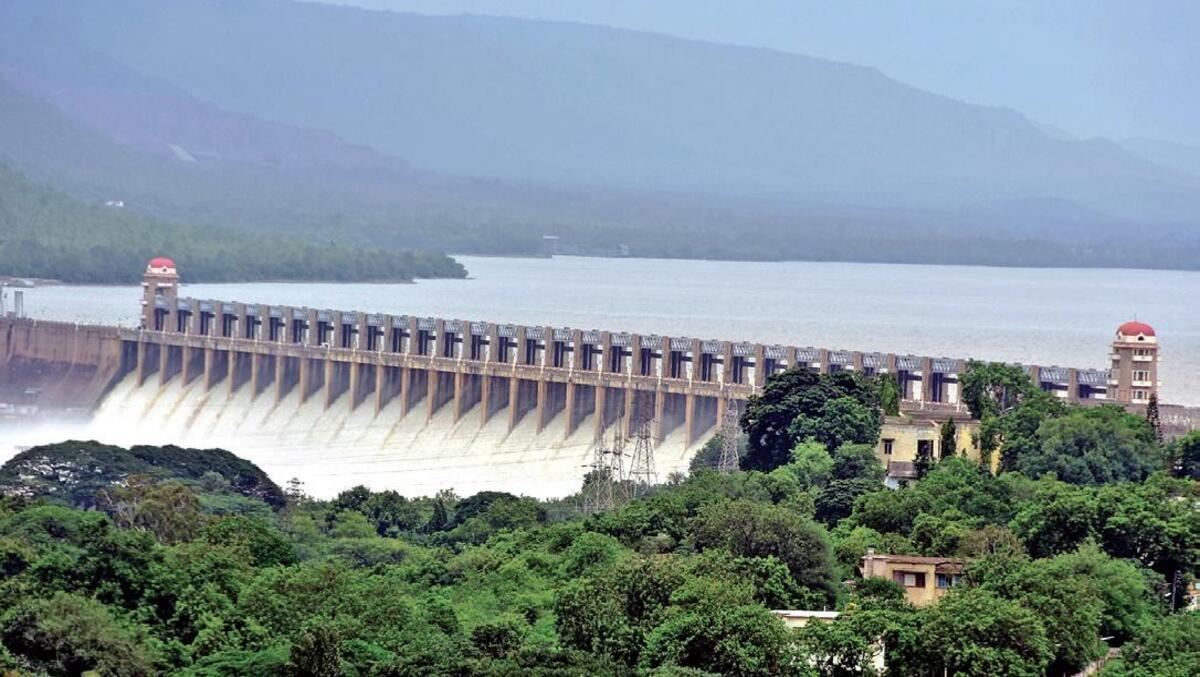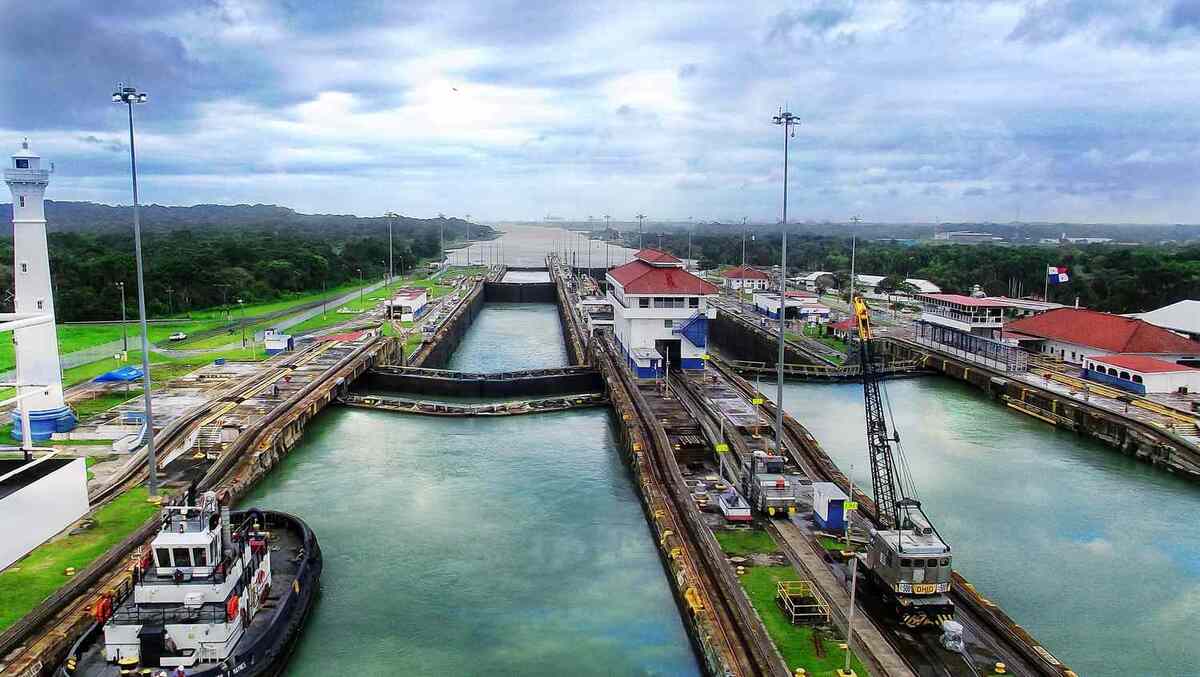Context:
A flood alert has been sounded downstream of the Tungabhadra dam in Karnataka’s Koppal district after one of the crest gates of the massive stone masonry dam across the Tungabhadra river was washed away.
Background:-
Repairs to restore gate can be carried out only after two-thirds of the dam is emptied.
About Tungabhadra river and dam:
- The Tungabhadra River originates in Karnataka and flows primarily through the state before entering Andhra Pradesh, where it eventually merges with the Krishna River.
- The river Tungabhadra derives its name from two streams viz., the Tunga, and the Bhadra which rise in the Western Ghats. The river after the confluence of the two streams near Shimoga, runs for about 531 km till it joins the river Krishna at Sangamaleshwaram in Andhra Pradesh.
- It runs for 382 km in Karnataka, forms the boundary between Karnataka and Andhra Pradesh for 58 km and further runs for the next 91 km in Andhra Pradesh.
- The confluence of Tungabhadra and Krishna River is a holy pilgrimage site – The Sangameswaram Temple.
- Hampi one of the important heritage locations being listed by UNESCO is on the banks of the Tunga Bhadra River.
- Nava Brindavan, an island where the final resting location of nine holy Madhva saints is in the midst of the Tunga Bhadra River.
- It is influenced chiefly by the South-West monsoon. It is a perennial river but the summer flows dwindle to as low as 2.83 to 1.42 cumec.
Tungabhadra Dam:
- The Tungabhadra reservoir sprawls over an area of 378 sq km primarily in Karnataka’s Vijayanagar district. It is one of the major reservoirs in South India that supplies water for irrigation and industrial use, as well as drinking water to Karnataka and Andhra Pradesh.
- The dam was first conceived of in 1860 to mitigate the impact of recurrent famine in Rayalaseema. Construction was begun by the erstwhile governments of Hyderabad and Madras in 1945, and the project was completed in 1953.
- The Tungabhadra Board was established by a presidential order in 1953. The Board currently has a chairman appointed by the Union government, and four members, representing the Union government and the states of Karnataka, Andhra Pradesh, and Telangana.
- The Tungabhadra reservoir and the Mullaperiyar dam in Kerala hold the unique distinction of being the only two reservoirs in the country that were built using a combination of mud and limestone.




Comments (0)